10 Key Factors in Unveiling Neighborhood Character for Home Buyers in Winnipeg
In the competitive landscape of Winnipeg real estate, finding the right neighborhood can feel overwhelming.
Many homebuyers need help understanding the unique character of various areas, leading to uncertainty in their decision-making process.
Without a clear grasp of neighborhood character, you risk investing in a community that doesn’t align with your lifestyle and values.
However, by exploring the essential elements that shape neighborhood character, you can make informed choices that enhance your living experience.
In this article, we'll explain the key factors to consider and help you discover Winnipeg's vibrant communities.
-
Neighborhood Character Enhances Quality of Life: Impacts happiness and overall well-being.
-
Character Influences Property Values: Unique areas tend to appreciate faster.
-
Green Spaces Promote Community Interaction: Parks and gardens boost livability.
-
Local Businesses Define Identity: Shops, restaurants, and amenities enrich culture.
-
Community Engagement Builds Pride: Events and involvement enhance connections.
-
Architectural Styles Shape Atmosphere: Diverse housing designs add charm.
-
Demographics Impact Social Fabric: Diverse populations create vibrant interactions.
-
Accessibility Drives Convenience: Walkability and public transit enhance lifestyle.
-
Safety and Cleanliness Foster Comfort: Secure, clean environments attract buyers.
-
Schools and Services Affect Attractiveness: Quality schools and services draw families.
The Benefits of Neighborhood Character

Understanding neighborhood character is essential, especially for those navigating the Winnipeg real estate market.
A well-defined neighborhood character not only enhances the aesthetic appeal of an area but also significantly contributes to your quality of life.
Quality of Life Enhancements
Neighborhoods rich in character often feature vibrant green spaces, unique local businesses, and a strong sense of community.
These elements create inviting environments that foster social interactions, making it easier for residents to connect with one another.
When you live in a neighborhood that reflects your values and interests, it enhances your overall happiness and well-being.
Impact on Property Values
A neighborhood's character plays a crucial role in determining property values.
Areas known for their distinctive architectural styles, well-maintained public spaces, and engaging community events are often more desirable.
As a result, homes in these neighborhoods tend to appreciate at a faster rate, offering a solid return on investment for homeowners and investors alike.
Community Pride and Engagement
A strong neighborhood character instills a sense of pride among residents.
When community members take ownership of their surroundings—whether through local initiatives, neighborhood associations, or regular events—everyone benefits.
This active engagement strengthens community ties and enhances safety and cleanliness, making the neighborhood a more enjoyable place to live.
In summary, appreciating a neighborhood's unique character can help one make informed decisions when buying a home in Winnipeg.
By choosing a community that aligns with your values and lifestyle, you can have a richer, more fulfilling life.
Key Elements of Neighborhood Character
Understanding the key elements that define a neighborhood is important to truly appreciating its unique character.
These factors contribute to the aesthetics and atmosphere and significantly shape community interactions and overall satisfaction.
1. Architectural Style and Housing Types
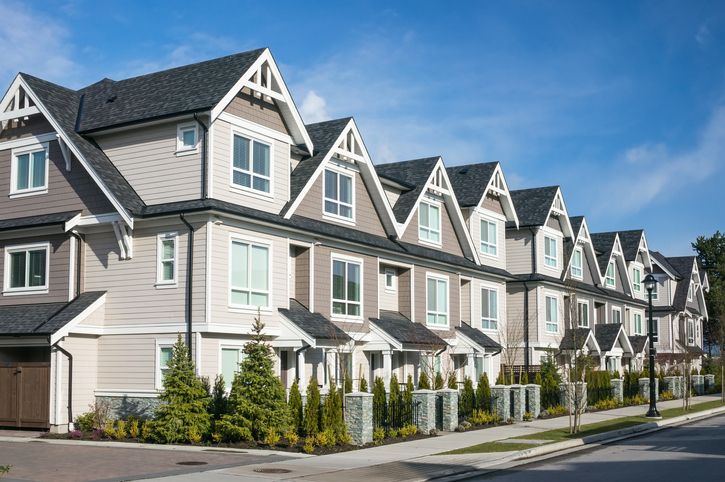
The architectural style and types of housing present in a neighborhood create its visual identity.
The diversity in building designs can range from modern aesthetics to historical charm, making each area distinct.
- Building Designs: The style of homes—whether contemporary, classic, or eclectic—adds character and sets the tone for the neighborhood.
- Housing Density: A mix of single-family homes, apartments, and townhouses influences the area's overall feel and livability.
- Cohesion and Harmony: Well-planned neighborhoods maintain a cohesive aesthetic, enhancing attractiveness and property values.
2. Green Spaces and Parks
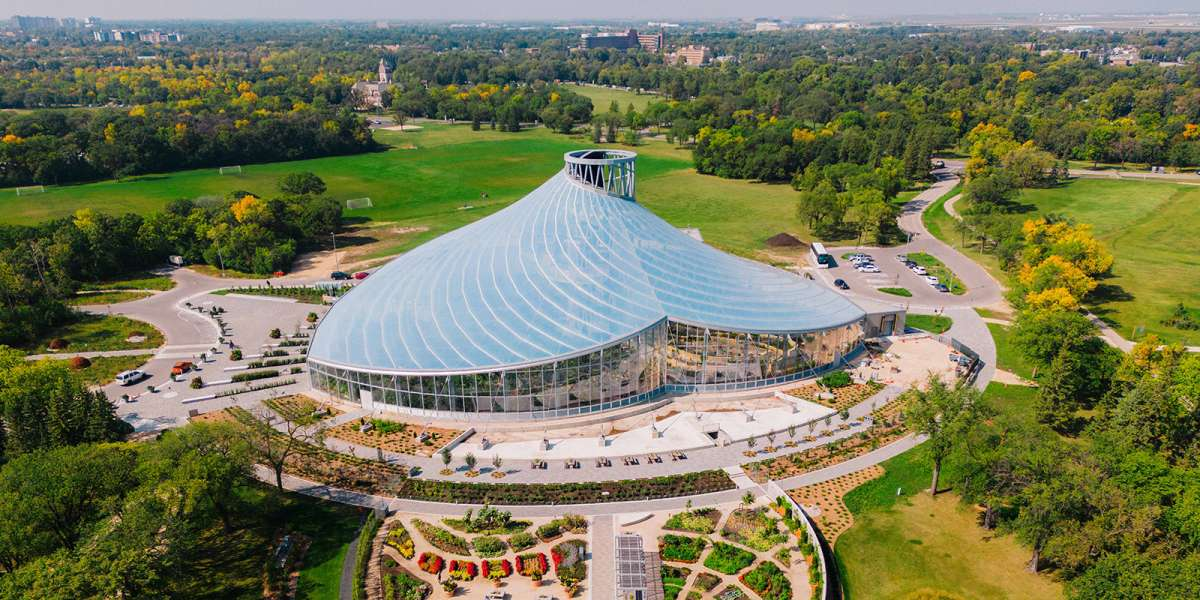
Green spaces and parks are vital components of a neighborhood’s livability and charm.
They provide residents with recreational opportunities and foster community connections.
- Availability: Access to parks, gardens, and open spaces encourages outdoor activities and enhances the neighborhood’s appeal.
- Maintenance: Well-kept parks and green areas contribute to the visual appeal and create inviting gathering spots for residents.
- Environmental Benefits: Green spaces also improve air quality and contribute to biodiversity, benefiting the entire community.
3. Local Businesses and Amenities
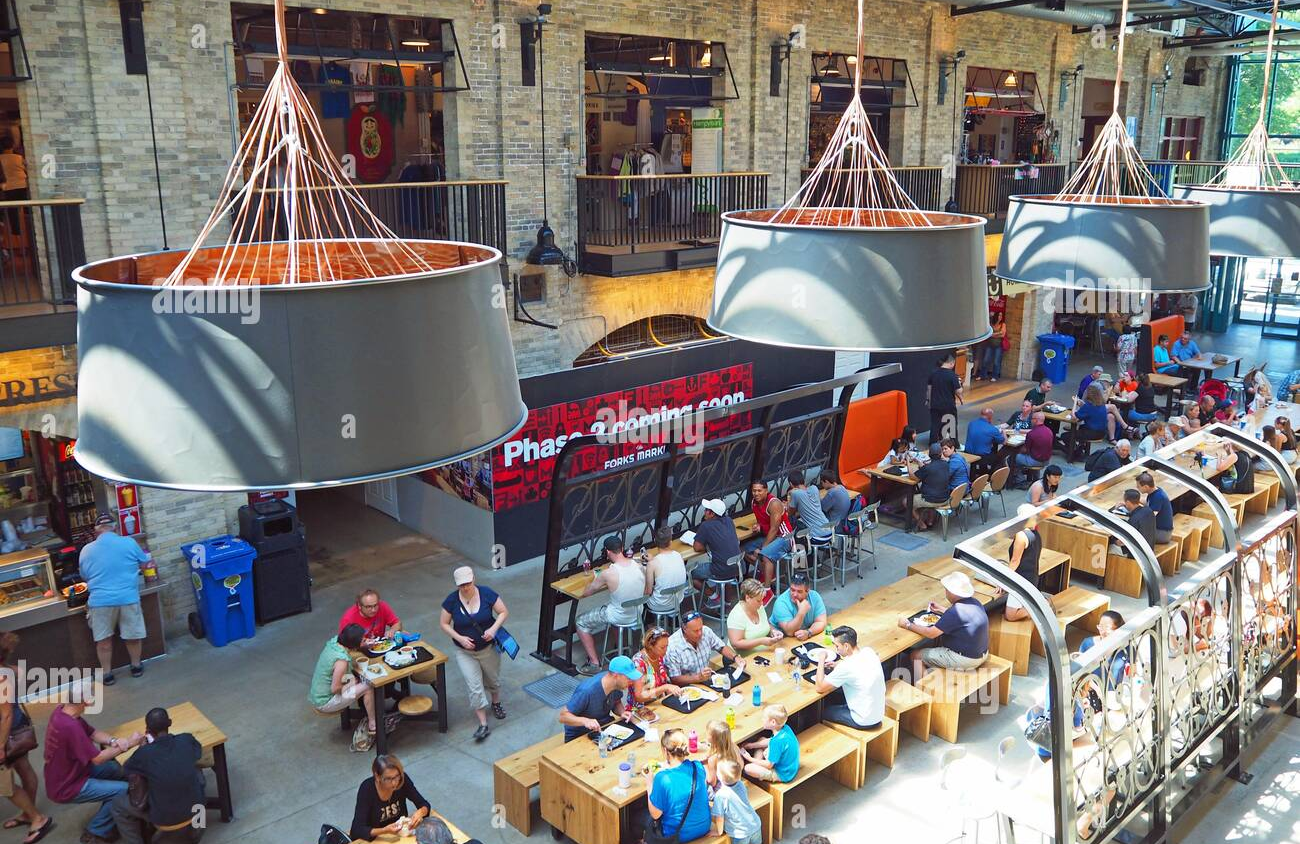
The presence of unique local businesses and amenities is crucial for creating a vibrant neighborhood atmosphere.
These establishments help foster a sense of identity and convenience for residents.
- Shops and Restaurants: Local cafes, boutiques, and eateries can create a distinctive vibe and attract visitors from neighboring areas.
- Cultural Venues: The presence of theaters, galleries, or music venues adds cultural depth and enriches community life.
- Accessibility: Proximity to essential services, such as grocery stores and healthcare facilities, enhances residents' overall convenience.
4. Community Engagement
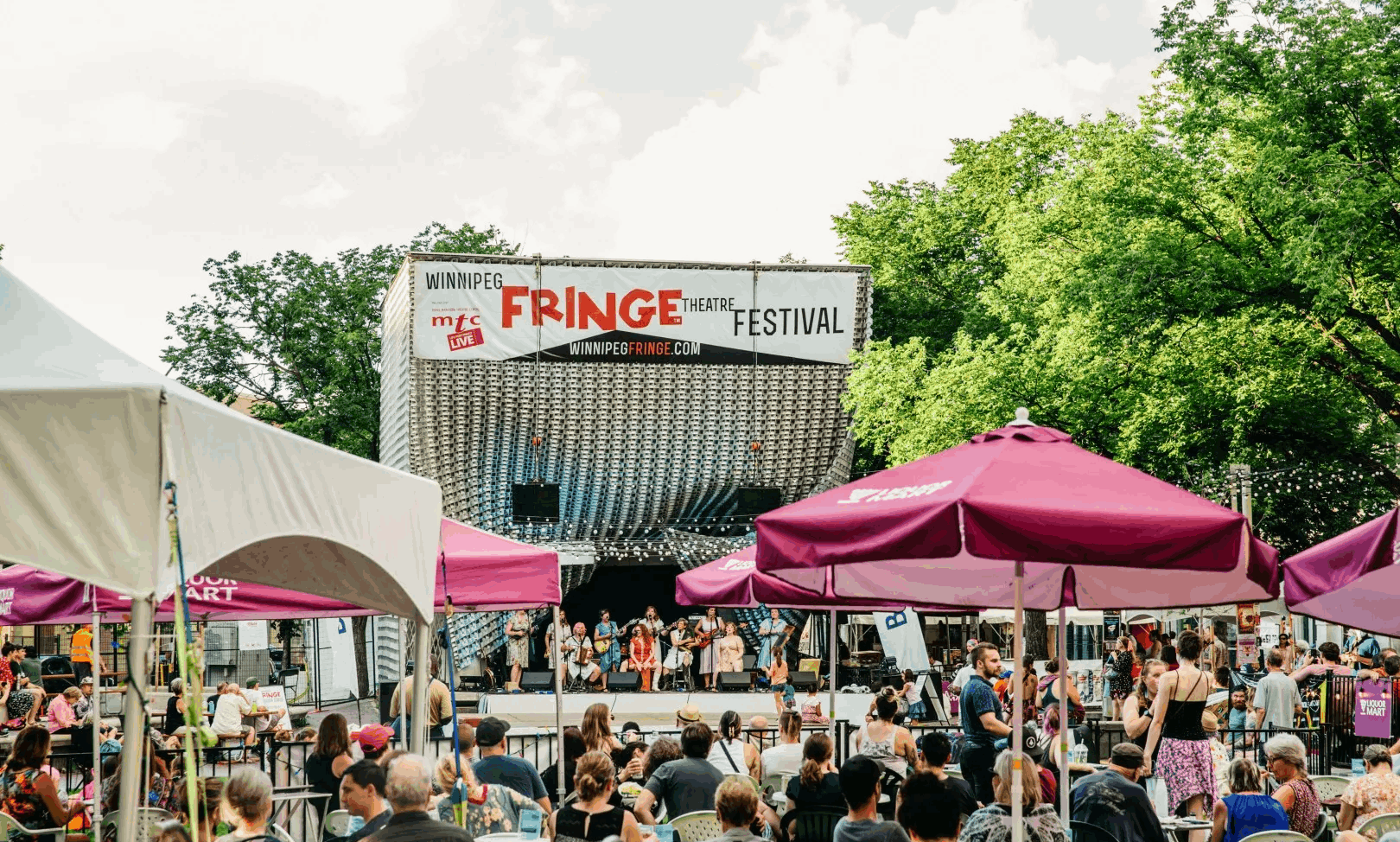
Active community engagement is a hallmark of neighborhoods with strong character.
It fosters a sense of belonging and encourages residents to take pride in their surroundings.
- Events and Activities: Neighborhood events, such as farmers' markets and festivals, bring people together and create lasting memories.
- Community Groups: Active neighborhood associations and volunteer groups contribute to a supportive and engaged community atmosphere.
- Shared Responsibility: When residents participate in community initiatives, they help maintain and improve their living environment.
5. Demographics and Social Dynamics
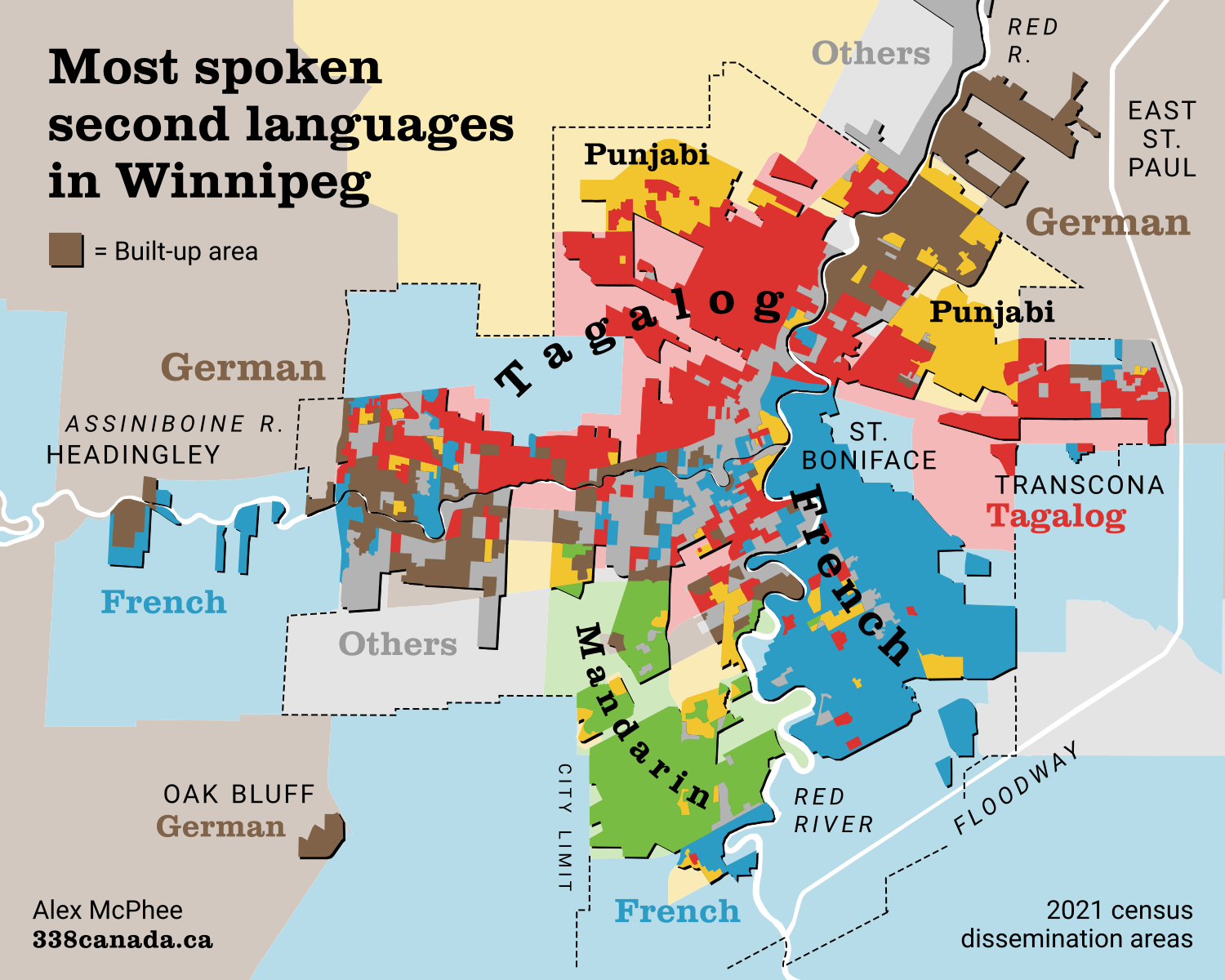
The demographics of a neighborhood significantly influence its character and social fabric.
Understanding the mix of residents can help you gauge the community’s dynamics.
- Resident Diversity: A mix of age groups, cultures, and backgrounds enriches the neighborhood experience and fosters inclusivity.
- Family vs. Singles: The predominant demographic—whether families, young professionals, or retirees—shapes the area’s character and amenities.
- Social Interaction: Diverse communities often lead to more vibrant interactions and a broader range of activities and services.
6. Transportation and Accessibility

Transportation and accessibility are critical components that affect how residents interact with their neighborhood.
A well-connected area can significantly enhance the living experience.
- Walkability: Pedestrian-friendly streets promote healthy lifestyles and encourage community interactions.
- Public Transit Access: Reliable public transportation options enhance convenience and accessibility for residents.
- Traffic and Parking: A balanced approach to traffic flow and parking availability can create a more inviting atmosphere.
7. Local History and Heritage
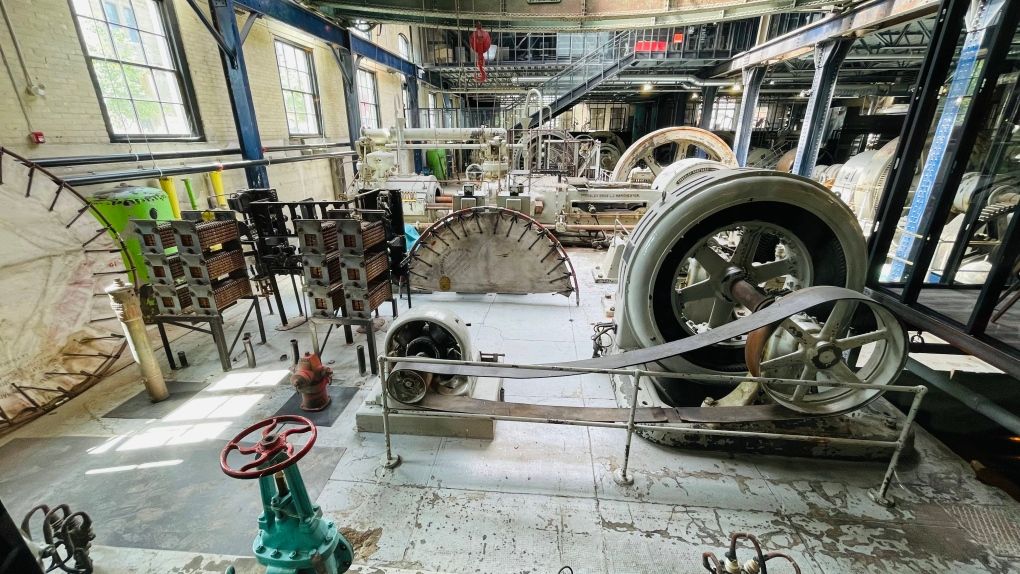
Local history and heritage play an essential role in shaping the character of a neighborhood.
Understanding a community’s past can deepen your appreciation for its present.
- Historical Significance: Historic landmarks and old buildings contribute to the unique identity of the neighborhood.
- Cultural Heritage: Traditions and customs passed down through generations can shape community events and activities.
- Preservation Efforts: Maintaining historical sites fosters a sense of pride and continuity among residents.
8. Neighborhood Aesthetics
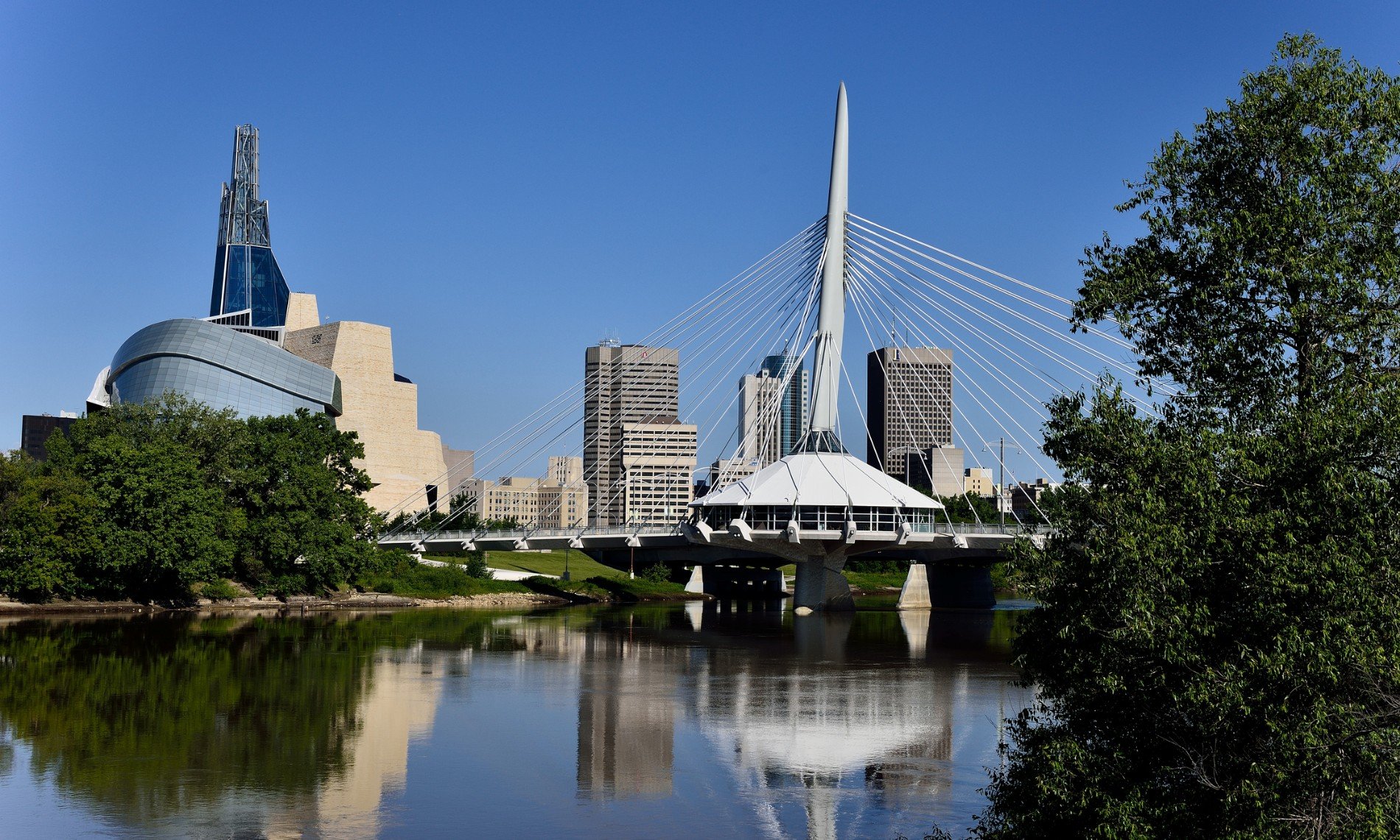
Wolseley neighbourhood. Source: Alair Homes
The overall aesthetics of a neighborhood contribute to its charm and appeal.
A well-maintained environment reflects the pride of its residents.
- Street Appearance: The upkeep of streets, sidewalks, and public spaces plays a crucial role in creating an inviting atmosphere.
- Landscaping: Beautifully landscaped gardens and yards enhance the visual appeal and create a sense of community pride.
- Public Art: Incorporating public art installations can elevate neighborhood aesthetics and encourage local culture.
9. Safety and Cleanliness

Downtown Winnipeg spring cleanup program. Source: Downtown Winnipeg Biz
Safety and cleanliness are foundational to neighborhood character, influencing residents’ comfort and sense of security.
A clean, well-kept environment is essential for an enjoyable living experience.
- Crime Rates: Lower crime rates contribute to a sense of security, making residents feel safe in their community.
- Community Initiatives: Neighborhood watch programs and clean-up initiatives can promote safety and cleanliness.
- Maintenance: Regular maintenance of public areas fosters a pleasant atmosphere and encourages resident pride.
10. Local Schools and Services
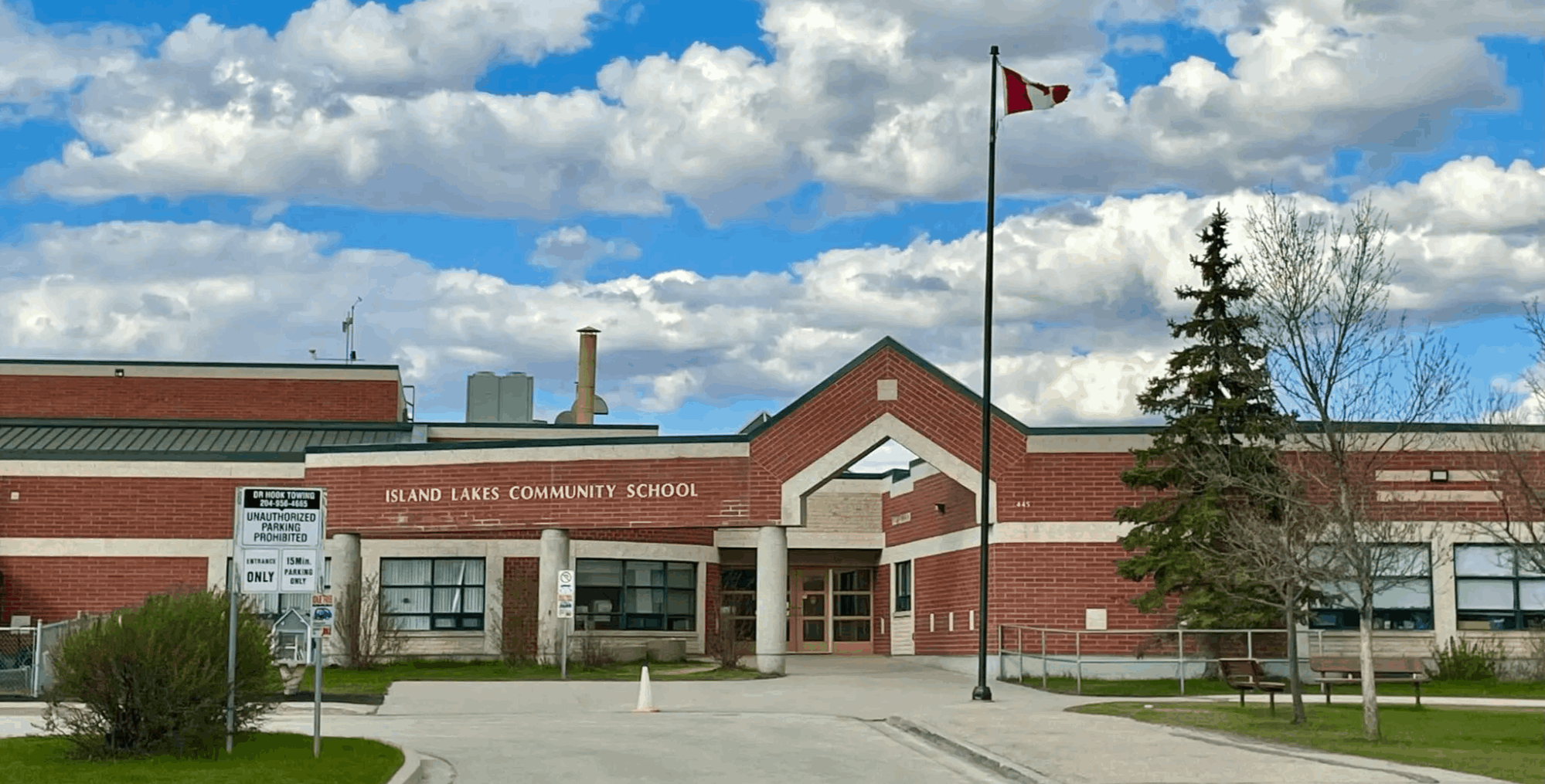
Island Lakes Community School. Source: Winnipeg Free Press
The presence and quality of local schools and services can significantly impact neighborhood character. They play a vital role in attracting families and enhancing community reputation.
- Educational Facilities: Quality schools contribute to a family-friendly environment and can influence home-buying decisions.
- Healthcare Access: Proximity to healthcare services and libraries adds to the overall convenience of living in the neighborhood.
- Community Programs: Local educational and recreational programs enhance the quality of life and promote community engagement.
Understanding these key elements of neighborhood character is crucial when searching for a home in Winnipeg.
Each factor contributes to the unique atmosphere of a community, helping you find the perfect fit for your lifestyle.
10 Key Factors in Unveiling Neighborhood Character for Home Buyers in Winnipeg
When evaluating the character of a neighborhood, it's essential to consider various factors that can influence your living experience. By understanding what to look for, you can make informed decisions and find a community that aligns with your lifestyle and preferences.
1. Observing Architectural Styles and Housing Types
Take a stroll through the neighborhood to assess the architectural styles and types of housing available. This will give you insight into the overall aesthetic and appeal of the area.
- Diversity in Designs: Look for a variety of home styles, which can indicate a vibrant and eclectic community.
- Condition of Properties: Pay attention to how well homes are maintained, as this reflects the pride residents take in their properties.
- Density: Consider the mix of single-family homes, townhouses, and apartments, as this can affect the neighborhood’s atmosphere.
2. Evaluating Green Spaces and Parks
Access to parks and green spaces can significantly enhance your quality of life. Please keep in mind the availability and condition of these areas.
- Proximity: Check how close parks and recreational areas are to residential properties.
- Maintenance: Look for well-kept parks with amenities like walking trails, playgrounds, and picnic areas, which indicate community investment.
- Usage: Observe how residents utilize these spaces, as active parks often signal a connected and engaged community.
3. Exploring Local Businesses and Amenities
Local businesses and amenities are vital for creating a lively neighborhood atmosphere. Could you assess the presence and variety of these establishments?
- Unique Offerings: Look for independent shops, cafes, and restaurants that contribute to the neighborhood’s character.
- Convenience: Consider the accessibility of essential services like grocery stores, healthcare facilities, and public transport.
- Cultural Venues: Explore the availability of cultural attractions like theaters, galleries, and community centers that can enrich your living experience.
4. Investigating Community Engagement
Community engagement is a key indicator of a neighborhood’s character. Look for signs of active involvement among residents.
- Events and Activities: Research local events such as farmers' markets, festivals, or community clean-up days that foster connection and participation.
- Neighborhood Groups: Inquire about active neighborhood associations or volunteer organizations that promote community pride and collaboration.
- Social Media Presence: Check for community groups on social media platforms where residents share information and organize events.
5. Understanding Demographics and Social Dynamics
Getting to know the demographics of a neighborhood can provide insights into its character. Consider who lives in the area and how that shapes the community.
- Resident Mix: Observe the diversity of age groups, cultures, and backgrounds, as this can create a rich social tapestry.
- Family vs. Singles: Determine the predominant demographic, as this can affect local amenities and social activities.
- Social Interaction: Engage with residents to get a sense of the social dynamics and how welcoming the community feels.
6. Assessing Transportation and Accessibility
Transportation and accessibility can greatly impact your day-to-day life in a neighborhood. Evaluate how easy it is to get around and connect with surrounding areas.
- Walkability: Assess the pedestrian-friendliness of streets and sidewalks, as walkable neighborhoods promote active lifestyles and social interaction.
- Public Transit Options: Investigate the availability and reliability of public transportation to ensure easy commuting and access to nearby attractions.
- Traffic Conditions: Observe the traffic flow and parking availability to gauge how busy and accessible the neighborhood is.
7. Appreciating Local History and Heritage
The historical significance of a neighborhood can enhance its character and sense of identity. Research the area’s background to understand its heritage.
- Historical Landmarks: Look for historic buildings or monuments that reflect the neighborhood’s past and add to its charm.
- Cultural Traditions: Inquire about local customs and traditions that may influence community events and activities.
- Preservation Efforts: Assess whether there are initiatives to maintain historical sites, as this can indicate a commitment to heritage and community pride.
8. Evaluating Neighborhood Aesthetics
The overall aesthetics of a neighborhood can greatly influence its appeal. Take note of the visual aspects that contribute to the area’s character.
- Street Maintenance: Observe the condition of streets, sidewalks, and public spaces to gauge the community’s commitment to upkeep.
- Landscaping: Look for well-maintained gardens and public areas that reflect resident pride and enhance the neighborhood’s visual appeal.
- Public Art: Check for the presence of murals or sculptures, which can add character and promote local culture.
9. Assessing Safety and Cleanliness
Safety and cleanliness are fundamental to neighborhood character and play a crucial role in your comfort as a resident. Take stock of these factors during your assessment.
- Crime Rates: Research local crime statistics to get a sense of safety in the neighborhood.
- Community Initiatives: Inquire about neighborhood watch programs or clean-up efforts that promote safety and community pride.
- Cleanliness: Pay attention to litter and overall cleanliness, as a well-kept environment enhances the appeal of the area.
10. Considering Local Schools and Services
The quality of local schools and services can significantly impact neighborhood character, especially for families. Investigate the educational and service offerings in the area.
- School Ratings: Research local schools to determine their ratings and reputation within the community.
- Access to Services: Check the availability of healthcare facilities, libraries, and recreational services to ensure convenience for residents.
- Community Programs: Look for local programs that support education and youth engagement, as these contribute to a family-friendly environment.
By actively assessing these elements, you can gain valuable insights into the character of a neighborhood in Winnipeg. This understanding will empower you to make informed decisions and find a community that aligns with your lifestyle and values.
Case Studies: Neighborhoods with Unique Character
Exploring neighborhoods with unique character can provide valuable insights into what makes a community special. By examining specific examples, you can better understand the elements that contribute to a vibrant and appealing living environment. Here, we highlight three neighborhoods in Winnipeg known for their distinct character.
Exchange District
The Exchange District is a historic neighborhood in downtown Winnipeg that boasts a rich architectural heritage and cultural vibrancy. This area is known for its stunning early 20th-century buildings, many of which have been repurposed into trendy lofts, restaurants, and art galleries.
- Architectural Charm: The district’s red brick buildings and beautiful façades create a unique urban landscape that attracts residents and visitors alike.
- Cultural Hub: Home to various theaters, galleries, and cultural events, the Exchange District fosters a thriving arts scene that enriches community life.
- Community Engagement: Local events, such as First Fridays and art walks, encourage residents to engage with one another and celebrate the area’s cultural offerings.
Wolseley
Wolseley is a picturesque neighborhood known for its tree-lined streets and strong sense of community. This residential area is characterized by its diverse housing styles, ranging from early 20th-century homes to modern builds, reflecting the neighborhood’s historical depth.
- Green Spaces: Wolseley features several parks and green spaces, including the popular Wolseley Park, which serve as gathering spots for families and residents.
- Local Businesses: The neighborhood is home to independent shops, cafes, and restaurants that contribute to its unique charm and community spirit.
- Active Community: Residents are actively involved in neighborhood associations and events, fostering a supportive and engaged community atmosphere.
St. Boniface
St. Boniface is a culturally rich neighborhood known for its French heritage and vibrant community. Situated along the banks of the Red River, this area offers a mix of historical charm and modern amenities.
- Cultural Heritage: St. Boniface is home to several historic sites, including the Saint-Boniface Cathedral and the nearby Forks, which showcase the area’s rich history.
- Festivals and Events: The neighborhood hosts various cultural festivals, such as Festival du Voyageur, celebrating its French-Canadian roots and bringing the community together.
- Diverse Amenities: With a variety of restaurants, shops, and recreational facilities, St. Boniface offers a lively atmosphere that appeals to residents of all ages.
These case studies illustrate how distinct elements combine to create unique neighborhood characters in Winnipeg.
By exploring these communities, you can gain a deeper appreciation for the diverse living environments and what they offer.
Creating a Vibrant Neighborhood Character
Fostering a vibrant neighborhood character is essential for creating a thriving community where residents feel a sense of belonging. While certain elements contribute naturally to a neighborhood's character, active participation from residents can enhance and sustain this vibrancy. Here are key strategies for creating a lively neighborhood character.
Community Involvement and Events
Encouraging community involvement is crucial for building connections among residents. Organizing events and activities can foster a strong sense of community and pride.
- Neighborhood Gatherings: Host regular community events such as block parties, potlucks, or seasonal festivals that bring residents together to socialize and connect.
- Volunteer Opportunities: Create opportunities for residents to volunteer in local initiatives, such as park clean-ups or neighborhood watch programs, to promote civic engagement.
- Cultural Celebrations: Celebrate the diversity of the neighborhood by organizing cultural events that showcase various traditions, fostering inclusivity and understanding.
Supporting Local Businesses
Local businesses play a vital role in shaping neighborhood character. Supporting these establishments not only enhances the local economy but also enriches the community’s unique identity.
- Shop Local Campaigns: Encourage residents to support local shops, restaurants, and services by promoting "shop local" initiatives that highlight the benefits of supporting small businesses.
- Farmers' Markets: Establish a farmers' market or local artisan fair to create a vibrant space for local vendors and residents to interact and build connections.
- Business Collaborations: Foster collaborations between local businesses to create community events or promotions that draw in residents and enhance the neighborhood’s appeal.
Investing in Public Spaces
Well-maintained public spaces contribute significantly to neighborhood character and livability. Investing in these areas can enhance community engagement and aesthetic appeal.
- Park Improvements: Advocate for enhancements to local parks and green spaces, such as new playground equipment, walking paths, and picnic areas, to encourage outdoor activities.
- Art Installations: Collaborate with local artists to create public art installations that reflect the neighborhood's culture and history, adding visual interest and fostering community pride.
- Sustainable Practices: Promote sustainable practices, such as community gardens and recycling programs, that encourage residents to take an active role in caring for their environment.
By actively participating in these initiatives, residents can help create a vibrant neighborhood character that enhances the overall quality of life.
A thriving community is not only about the physical aspects but also about the connections formed among its members, ultimately leading to a more fulfilling living experience.
Summary
Understanding neighborhood character is essential for anyone navigating the Winnipeg real estate market.
The unique elements that define a neighborhood—such as architectural styles, green spaces, and community engagement—play a crucial role in enhancing the overall living experience.
By assessing these factors, potential buyers can make informed decisions that align with their lifestyle and values.
Vibrant neighborhoods not only contribute to personal well-being but also positively impact property values.
Ultimately, a strong neighborhood character fosters a sense of belonging and connection among residents, making Winnipeg a wonderful place to call home.
Categories
Recent Posts
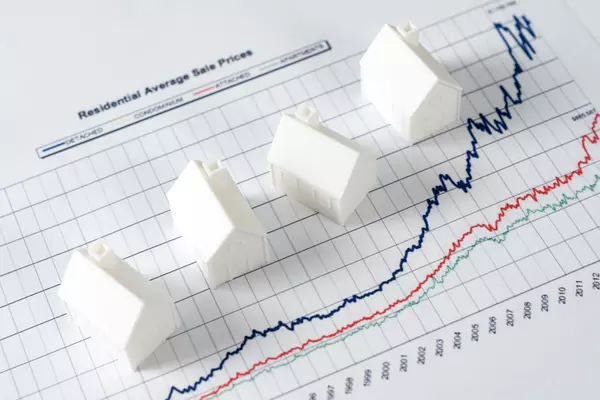
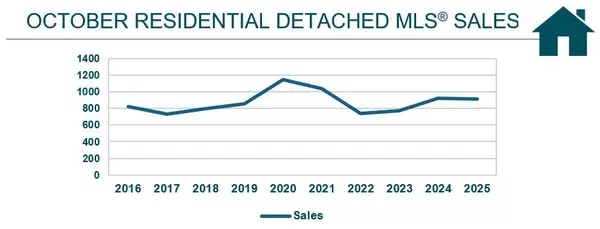
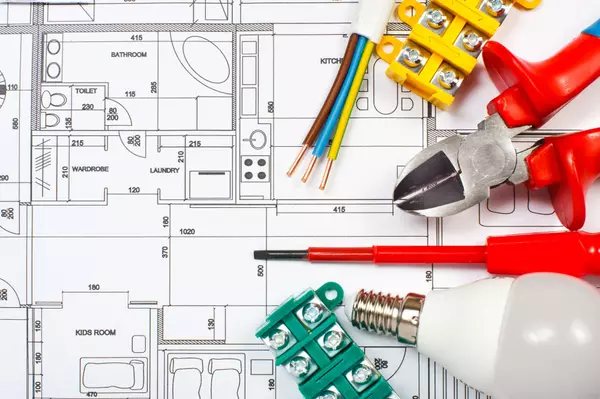
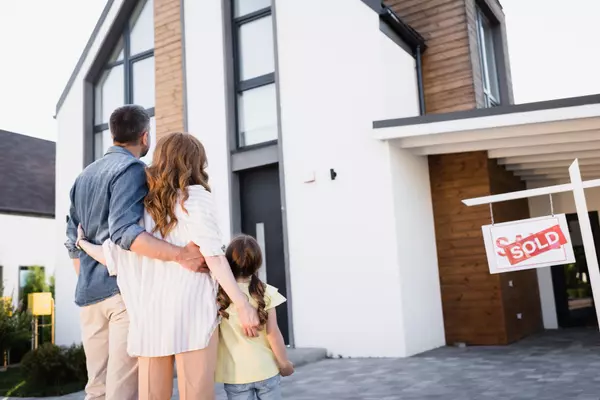
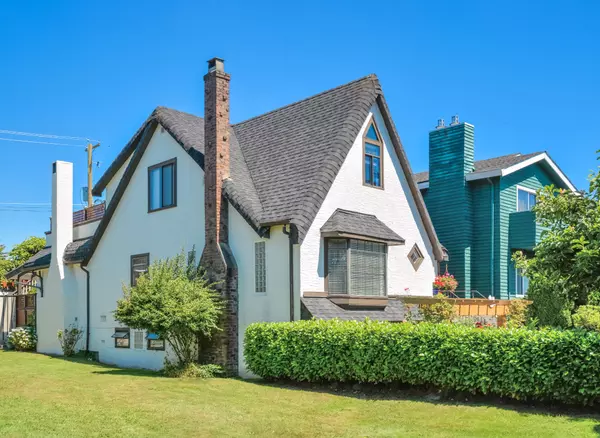
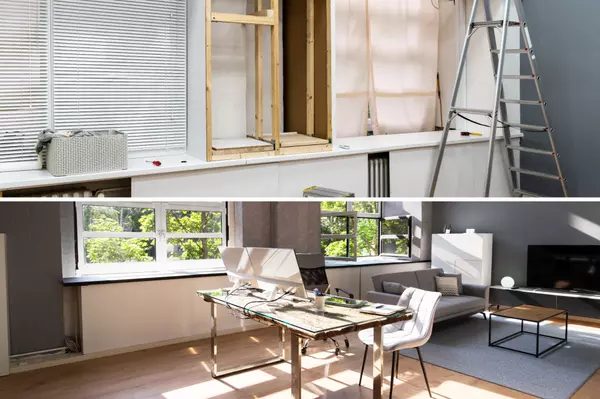
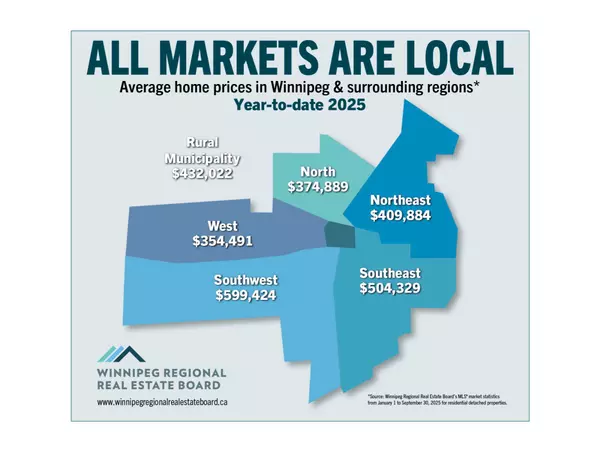
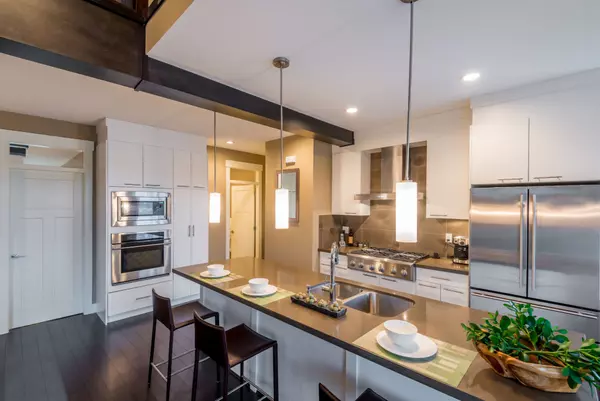
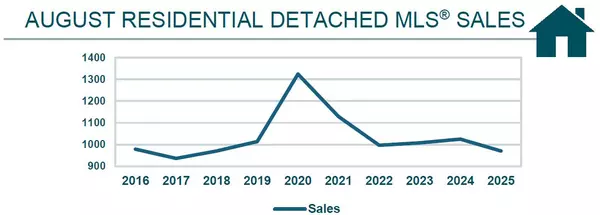

Leave a Reply
 REALTOR®
REALTOR®I became a REALTOR® because I truly enjoy helping people find the place that feels like home and because providing exceptional service during such an important moment in someone’s life is something I genuinely care about. Supporting sellers as they move on, move up, or move forward is just as meaningful, and being part of that transition is something I’m grateful to contribute to.
I make the buying or selling journey feel organized and approachable with clear communication and practical guidance. With an approach supported by market data, trends, and neighbourhood insights, you'll always understand what’s happening and how to make the most informed decisions.
Whether you’re buying your first home, selling a place filled with memories, or planning your next step, I’m here as someone who listens, shows up, and puts your goals at the centre of every decision. I'm focused on what serves you best.
I'm Tara Zacharias, a real estate salesperson located in the vibrant city of Winnipeg. Thanks for stopping by and taking the time to get to know me!+1(204) 293-0933 tara@tarazacharias.com330 St Mary Ave, Winnipeg, MB, R3C 3Z5, CAN
https://tarazacharias.com/

